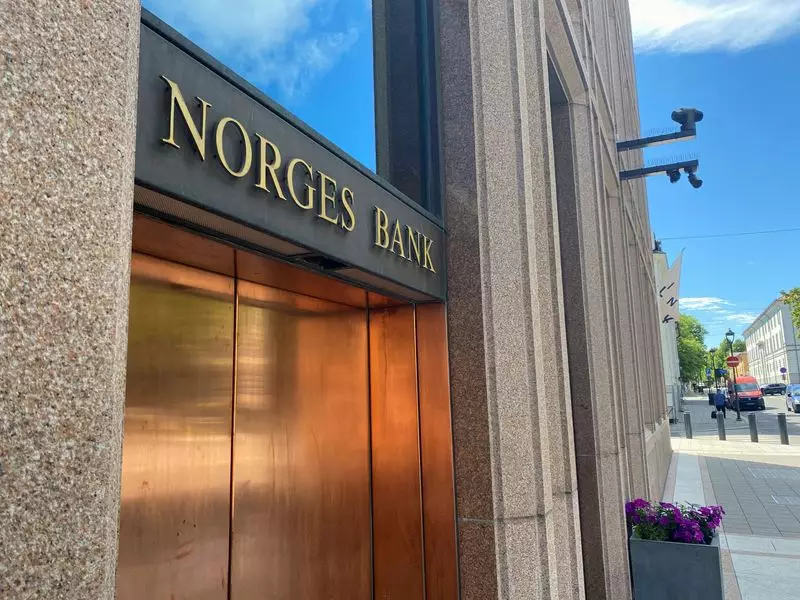In a decisive move on Thursday, Norway’s central bank, known as Norges Bank, opted to maintain its interest rate at a 16-year peak of 4.50%, a decision broadly anticipated by economists and market analysts alike. The consensus from a recent Reuters poll indicated that such a hold was expected, reaffirming the bank’s commitment to a restrictive monetary policy aimed at curbing inflationary pressures. In an official statement, the bank articulated that it deems continued caution in monetary policy necessary to ensure inflation returns to targeted levels within a reasonable timeframe.
Norway’s strategy marks a significant divergence from the monetary policies being enacted in other parts of the Western world. Central banks such as the European Central Bank, the U.S. Federal Reserve, the Bank of England, and Sweden’s Riksbank have started to ease their monetary policies by reducing interest rates in 2023. For instance, earlier the same day, the Swedish central bank implemented a 50 basis point cut, signaling potential further reductions based on its economic outlook. In stark contrast, the Norwegian authorities appear committed to a different trajectory, signaling confidence in the need for sustained higher rates to combat inflation domestically.
The Economic Landscape and Future Projections
Norges Bank, led by Governor Ida Wolden Bache, indicated that the broader economic landscape in Norway has not shifted substantially since its last projections in September. The board continues to forecast that rates may start to decrease in the first quarter of 2025, reinforcing its stance to maintain the policy rate until the end of 2024. Bache’s statements underline the importance of future data and events leading up to the next meeting in December, where new forecasts will be unveiled, potentially shaping the bank’s monetary outlook.
The decision not to change interest rates impacted the Norwegian krone positively, which strengthened against the euro shortly after the announcement. This volatility in currency is significant, as the strength of the krone affects inflation directly; a weaker currency increases import costs and exerts upward pressure on prices, while a stronger currency can help to mitigate inflation. Since peaking at 7.0% in June 2023, Norway’s core inflation saw a modest decline to 3.1% year-on-year in September, still significantly above the central bank’s target of 2.0%. This ongoing inflationary challenge emphasizes the complexities faced by Norges Bank as it navigates between fostering economic growth and containing price pressures.
Norges Bank’s decision to hold interest rates steady illustrates a concerted effort to manage inflation while maintaining economic stability in Norway. As the global economic environment shifts, the central bank’s commitment to a rigorous monetary policy could set Norway apart amidst widespread interest rate cuts elsewhere. How effectively it adapts to the evolving economic indicators in the months to come will be crucial in determining the trajectory of both its monetary policy and prevailing inflation rates.

